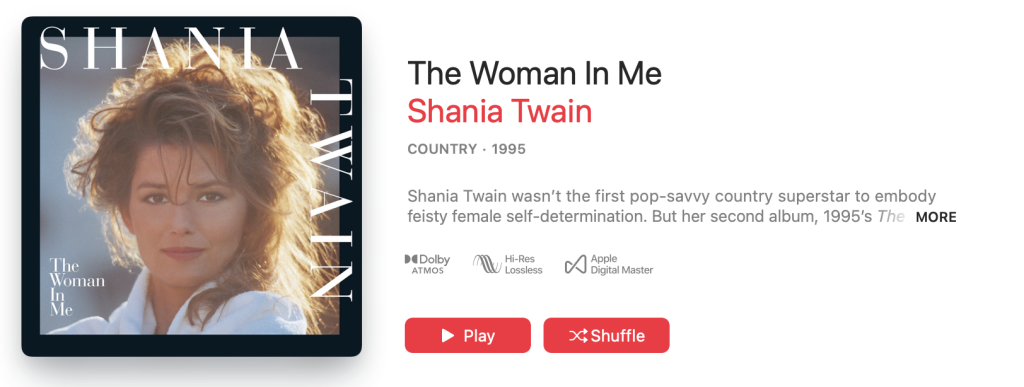Nashville-based mixing engineer Mills Logan is responsible for dozens of the new Dolby Atmos mixes available to stream on Apple Music and Tidal, having remixed classic songs from artists such as Supertramp, Blondie, Ariana Grande, Billy Idol, Pat Benatar, Sam Smith, John Mellencamp, The Temptations, Weezer, Lana Del Ray, Snow Patrol, Sheryl Crow, Rob Zombie, Rush, and The Band.
I recently had a chance to chat with Mills about how he became involved with immersive music production and how he approaches translating older material into the new format.
When were you first introduced to the idea of mixing music in Dolby Atmos?
David Leonard turned me on to this back in May of 2019. He said, “Hey, do you want to get involved with Universal Music Group, for Atmos mixing?” I'm like, “Well, what's that?”
David and Colin Heldt, one of the staff guys at Universal, had already been doing it for about a year. They told me to use all the speakers, don’t just put some reverb in the back. Of course you need to make sure it’s appropriate for the song, but definitely don’t be afraid to spread things out.
I guess some of the older engineers liked the idea of a more traditional perspective where the band comes out the front speakers only, like you’re at a live show. For me it’s so awesome to be able to have stuff behind you, because that's kind of how you experience music in a live situation anyway.
The way I always looked at it was that you’re mixing studio recordings, which are usually presented as a patchwork of separately-tracked overdubs and sound effects. They’re not necessarily meant to resemble a live performance.
True, I just think it's a great way to experience music. Immersive is the perfect way to describe it, with speakers above and behind. I always thought 5.1 was kind of cool, but the technology didn't exist for it to take off. I remember buying the gear and having to run wires under the floor. It was a big deal at the time, but most people just didn’t want to go through the trouble. Fortunately, it's a little easier now with wireless speakers in the consumer world.
I particularly enjoyed working on the older catalog material, as a mixer myself for the last 25 years. You have to really focus on the subtleties in the mix, unlike you would as a listener, and think “how am I going to recreate this?” It was just an awesome experience.
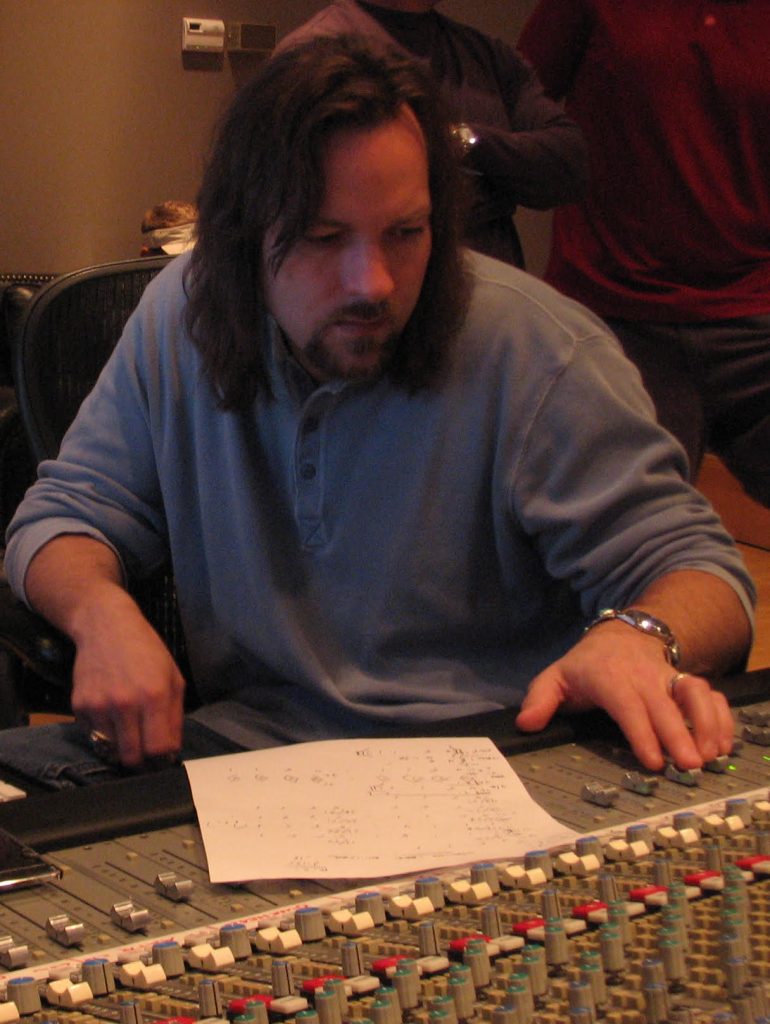
That may be the biggest challenge of immersive mixing and it’s often brushed over, listeners tend to focus more on the spatial positioning decisions rather than the challenges that come with recreating outboard effects and other nuances from these vintage recordings.
Right, right. That was drilled into us early on, don't try to remake the song. Especially older catalog stuff, unless the artist gets involved and requests changes.
I recently did Megadeth's Rust In Peace (1990) in Atmos, and [bandleader] Dave Mustaine was like “yeah, keep it like it was, but also let's update a little bit.” So we changed the sound of the record a little bit. It was a challenge doing that kind of metal in Atmos, as it’s really just three guitars plus bass and drums. I’ve got 15 speakers, but there’s only four guys in the band. Where am I gonna put them all?
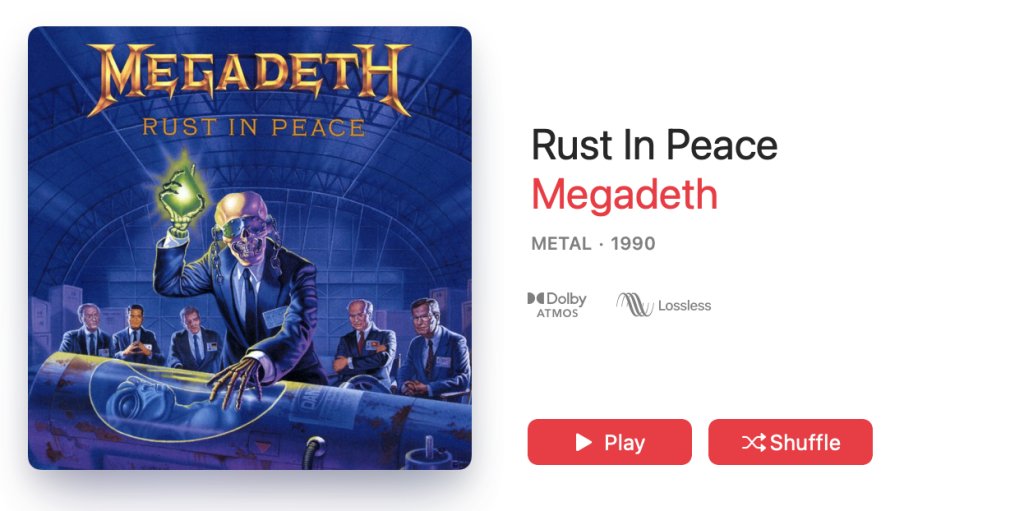
I had also worked on some Glen Campbell in Atmos and it sounds just remarkable, because you can hear all the reverb and effects that you really can't pick out in a stereo mix. In fact, his manager actually came in and listened to a couple songs. He turned around and looked at me, just amazed. You don’t have to compress and EQ everything to fit it in two speakers, there’s just so much more space.
That was another aspect of this I’m curious about, how do you translate older recordings from the late-1960s or early-1970s done on four or eight-channel tape into Atmos? Does the limited amount of individual elements in play present challenges for expanding the music into an immersive format?
One of the first Atmos mixes I did was The Band’s “The Night They Drove Old Dixie Down,” from their 1969 self-titled second album. Initially, I had sent it back thinking I couldn’t do anything with only eight tracks.
I listened to it more and started to realize there’s actually a lot of space there. The recording was obviously limited by the technology of the time, but it’s still a pretty elaborate production. The Atmos mix came out really nice. I ended up doing an Atmos mix of that entire second record,, but it never got released because we couldn’t find the correct take of the song “Whispering Pines.”
I really love the Atmos mix you created of The Temptations’ Sky’s The Limit (1971). It’s great hearing vintage Motown tracks remixed in an immersive format.
Yeah, it was a lot of fun and definitely a challenge. I was surprised to find that the multitrack recordings of that material actually sound really clean, even though the old stereo mixes have a slightly-distorted almost “crunchy” sound. We had to re-create that effect to maintain the vibe of the original in the Atmos mix.
It’s interesting because that's obviously not how that music was originally intended to be heard, but it translated great. You have to start with the vocal, and then there’s the tricky balance of engaging the back speakers in a way that doesn’t feel gimmicky.
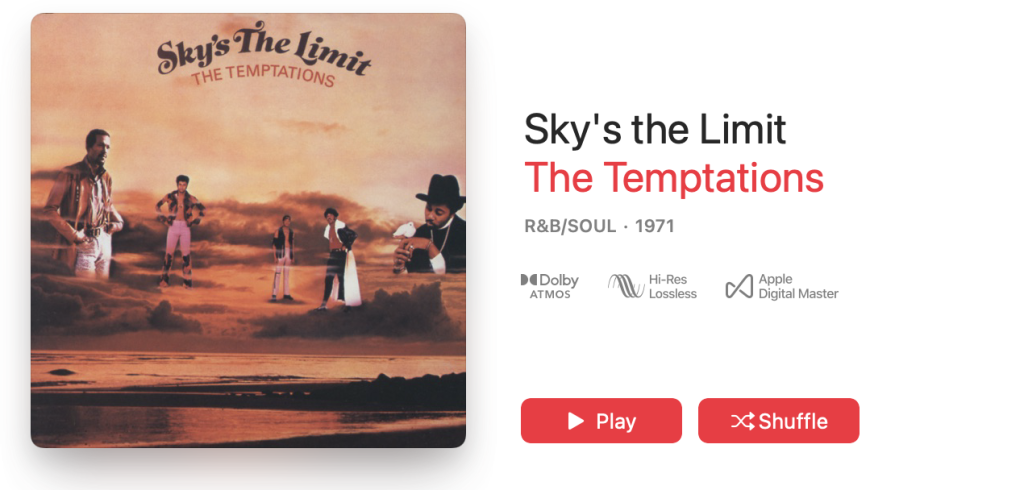
How do you decide which elements are assigned to the “bed” portion of the Atmos mix versus the “objects”?
Well, I'm primarily an object guy these days. I use the bed for basically just drums and bass now. I used to put the vocal in the bed, but sometimes the effect can be unpleasant in headphones. I may add a little height to the vocal, or pull it just slightly out of the front speakers towards the rear.
That's kind of how I've been working for the last year or so, because the objects give you more flexibility with different speaker arrays. I’ve got a 9.1.4 setup in my studio, so the objects will engage the wide speakers. Dynamic pans and swirling effects also seem a little bit smoother with objects versus the bed. They give you 128 objects, why not use them all?
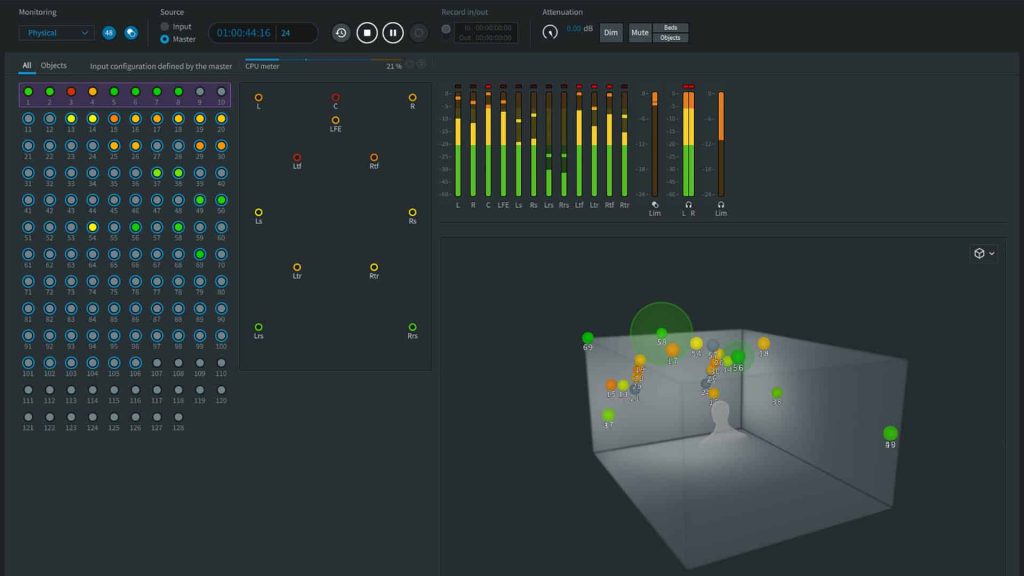
I’ve always found it interesting how the objects render to different size arrays (5.1.2, 7.1.4, etc). In fact, I recently checked my 5.1.2 setup with Dolby’s 7.1.4 test tones on Apple Music and was surprised to find that the “side surround” pair is directed solely to the rear speakers.
That's interesting, because, on a recent conference call with Universal and Dolby, I heard that you can control how the fold-down happens using a setting called “direct render.” That setting should yield a better phantom center between left and right or front and rear on the fold-down. We definitely don’t want the information directed to the sides to pile up in the back.
When I'm mixing on the renderer, there's a drop-down menu under “monitoring” in the upper-left corner that gives different output options: 7.1.4, 5.1.2, etc. I can switch between those to see what my Atmos mix sounds like folded-down and it usually works. It's a little different, but nothing bothers me enough to actually change the position of an instrument.
With the introduction of Apple’s “Spatial Audio” format, it seems most listeners are experiencing a binaural approximation of Atmos over headphones rather than the full immersive experience on a home theater setup. Do you ever check how your Atmos mixes sound on headphones, or are they only meant to be heard on speakers?
Oh, absolutely. It’s really important to make sure the mix sounds good on headphones, as most people don’t have an elaborate speaker setup at home. I wish they did!
Just when I think I’m done with a mix, I’ll put the headphones on and see if any tweaks need to be made. Some clients really like the effect, and others say it doesn’t really sound different than the normal stereo mix.
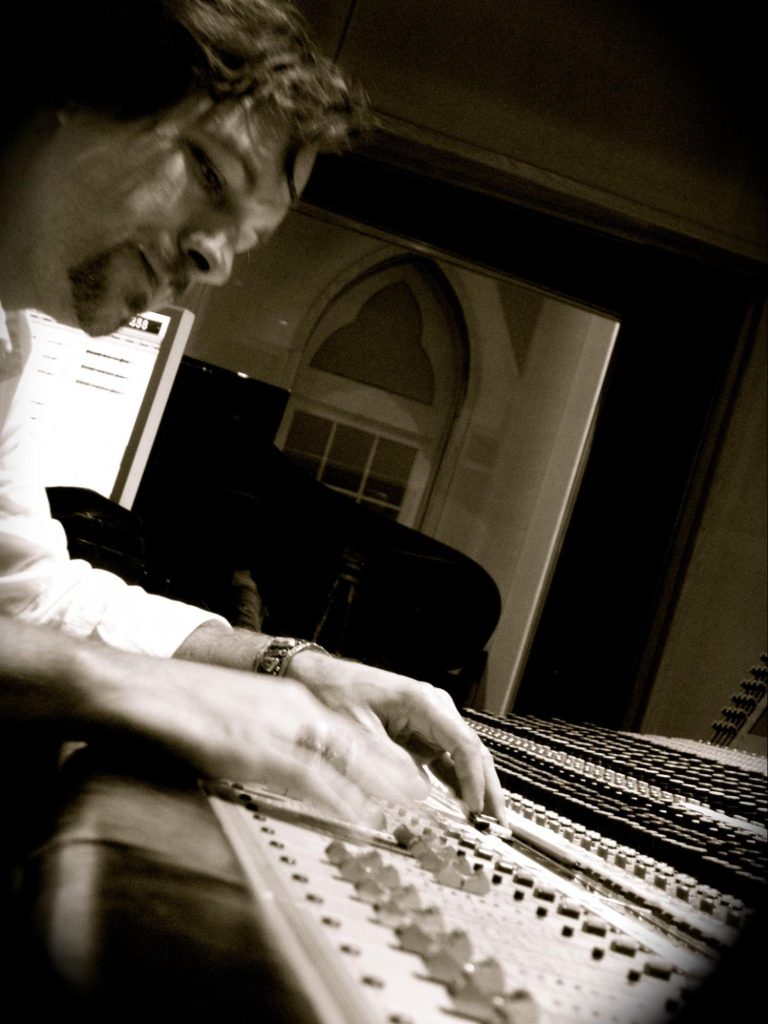
There’s also the fact that Dolby enforces a hard -18 LUFS level for Atmos submissions, so an Atmos mix rendered in binaural over headphones may be a better listening experience than regular stereo simply by virtue of there being more dynamic range.
Yeah, it seems like the loudness war is over. I love good compression as much as the next guy, but -18 has been a breath of fresh air after years of stereo mixes crushed down to -4 or -5 LUFS.
Does the Atmos remixing process require artist approval? Do the artists ever come to your studio and listen to the Atmos mix?
Usually it’s the producer, manager, or someone from A&R that comes down to approve the Atmos mix.
My favorite thing to do is get someone in my studio who’s never heard Atmos before and play something cool for them. They start looking around at all the speakers, trying to figure out where all the sounds are coming from. It’s fun to watch and I don't think I've had any bad responses.
A lot of the work you’ve done for Universal comes in the form of singles, both modern and vintage. Do you know how they decide what material gets remixed in Atmos? Or do you just get sent files to mix?
Yeah, I don't know. They'll just email me and say “Hey, do you have time to do this single?” Though lately it’s been more records, full albums, plus the occasional single. I don’t know how the selection process works, though I assume it’s usually popular new releases or well-known older hits.
They sent me another full album just the other day, but I had to turn it down because they wanted it done by June 6. It was a good one, but I wanted to make sure I had enough time to do it right.
It’s interesting to follow this immersive music initiative from a consumer point-of-view, because they’re constantly adding new material on the streaming services with no announcement or forewarning. Dolby Atmos isn’t actually a search parameter on Apple Music, so I think people don’t even know the extent of what’s available on there.
That's a really good observation. I’ve got an Apple TV plugged into the Avid studio matrix, so I can listen to Apple’s spatial audio in my studio. It does sound pretty close to what we send out. I’ll usually just scroll through the playlists, but it is interesting that you can’t directly search for the Atmos mixes.
In the studio, you get to hear the original lossless ADM BWF files before they get converted into lossy AC-4/JOC for streaming delivery. Do you believe there’s a significant difference in sound quality between the two formats?
It's a little bit different, but not disturbingly so. It definitely doesn’t sound like a poorly-encoded MP3 file from back in the day, where it sounds like the music was being played through a Leslie speaker. I don’t know exactly what Apple does, but the raw ADM files are very large and may not be possible to stream.
We’ve had some IAA vendors deliver ADM BWF files and the size of each individual song can exceed 3-4 GB. I’m also not aware of any media player software that will play back ADM files.
Yep. The more objects there are, the bigger the file will get. As far as I’m aware, the only thing that will actually play the ADM files in their proper form is the Dolby Renderer. You can load one into Pro-Tools and it will import session data of all the individual tracks, but you won’t get the correct mapping of the objects without the renderer on the other side.
It’s definitely a little tricky to get it all set up. I’d actually like to pick up one of those cheap home theater kits with a soundbar upfront and smaller satellites for the rear, which might be more indicative of how people are experiencing these mixes. I’ve heard the upward firing speakers do a pretty good job as well, especially if you have a plaster or drywall ceiling.
Do you have a personal favorite Atmos mix you’ve worked on?
Well, there's a personal favorite that unfortunately never got released. Other than that, Lyn Lapid’s The Outsider EP came out really well. It’s not really gimmicky to do crazy swirling and panning with that kind of EDM-style pop. The production is really impressive, it sounds so open and there’s all kinds of things moving around to grab your attention.
It’s difficult to predict how people will react to immersive mixes, there are so many different styles and approaches to the format. Some may prefer sounds isolated in individual speakers, while others take a more subtle approach.
Yeah, I had played one of my mixes for an older engineer and he felt the vocal was too separate from the rest of the band. You want to spread things out, but also maintain the “glue” so it sounds like a cohesive performance. It’s got to sound connected. I remember in the early days of 5.1, people started putting the vocal in the center speaker and nowhere else.
Placing a vocal in the center speaker is still a hotly-contested topic in the surround/immersive community, some love the effect and others despise it. How do you typically use the center channel?
There’s always something in there, just so the listener knows the speaker is producing sound. I’ll usually blend in a bit of the drums from the bed, but it’s not an integral part of the mix.
Are there any discussions about releasing some of your Atmos mixes on Blu-Ray disc? Or are they meant to be exclusive to the streaming platforms?
I don't know. That's a good question. Physical media seems to be in decline, but I guess if the artist really wanted that option it could be done. I didn’t even know Blu-Ray was compatible with Atmos.
Can you talk about any current immersive projects you’re working on?
Not really, but I turned in Shania Twain’s The Woman In Me (1995) about two weeks ago and I believe it just came out on Apple Music.
